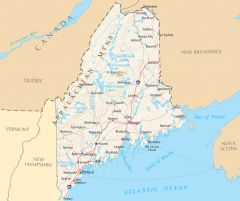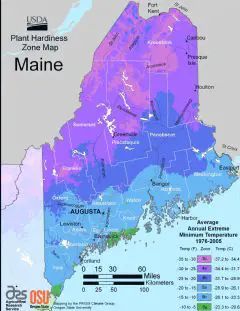Maine Rivers And Lakes
Maine has an abundance of rivers that have supported its natural resources and communities.
Penobscot River
The Penobscot River flows south through central and eastern Maine. Facts about the Penobscot River:
- It runs over 250 miles and drains a watershed of over 8,500 square miles.
- The river passes through the cities of Bangor and Old Town, Maine.
- Dams along the Penobscot generate hydroelectricity and were historically used for log driving.
- It provides habitat for Atlantic salmon and other migratory fish.
Androscoggin River
The Androscoggin River flows from northwestern Maine south to the Atlantic. Details about the Androscoggin River:
- It runs 178 miles through New Hampshire and Maine.
- The river passes through several Maine towns including Rumford, Jay, and Brunswick.
- The Androscoggin was heavily polluted by industry but has seen improved water quality in recent decades.
Kennebec River
The Kennebec River flows for 150 miles through central Maine. Facts about the Kennebec River:
- It originates as the Moose River at Moosehead Lake in northern Maine.
- The river runs past the cities of Waterville, Augusta, and Bath, Maine.
- Shipbuilding took place along the Kennebec during the 18th and 19th centuries.
Notable Lakes in Maine
Significant lakes in Maine include:
- Moosehead Lake - Maine's largest lake, located in the north.
- Sebago Lake - The second largest lake in Maine, near Portland.
- Grand Lake - Located on the eastern border with Canada.
- Rangeley Lake - Known for its trout fishing in western Maine.
Maine's rivers and lakes have provided sustenance, transport, hydropower, and beauty throughout its history. They contribute greatly to the state's natural character.
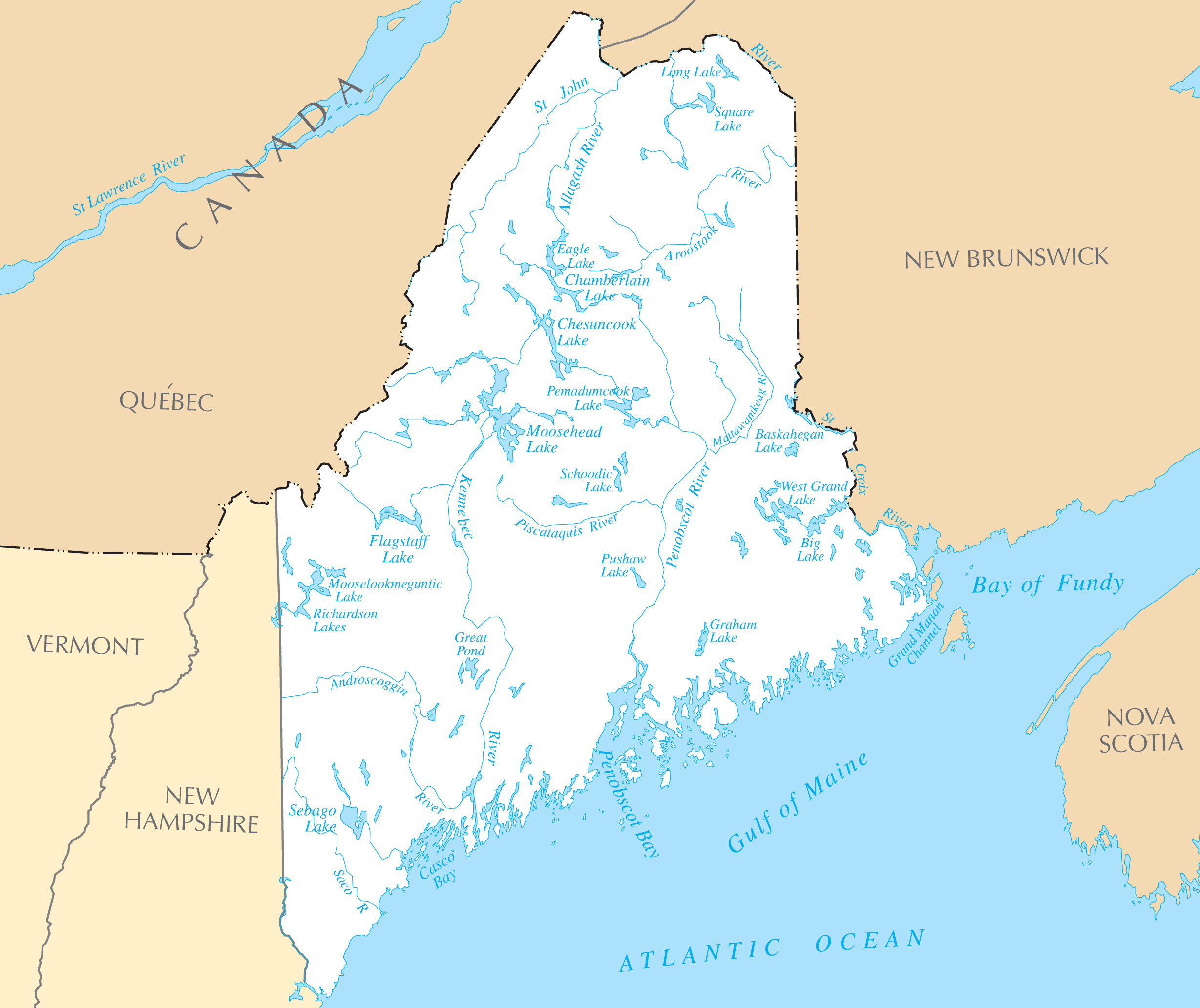
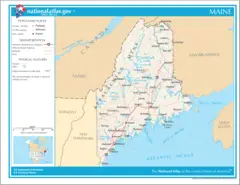
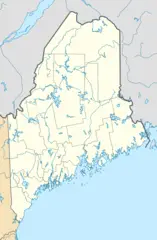

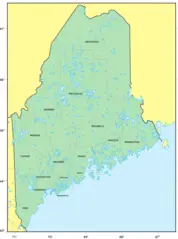
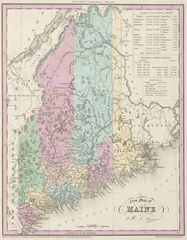
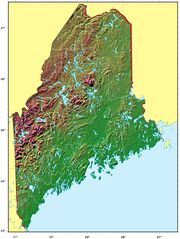
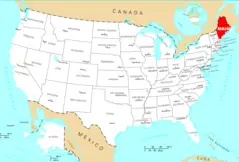
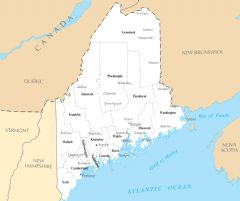
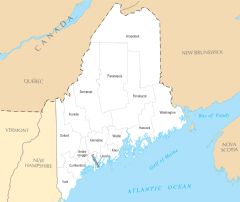
.png)
